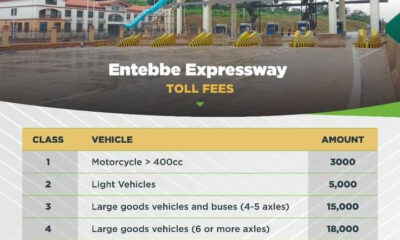Letters
Manage soil and water with trash lines
Trash lines are running heaps of plant biomass or residue materials erected across the slope along the contour. It involves arranging or heaping trash or crop stover (leaves and stalks) in a line along the contour. The commonest residues include millet, maize and sorghum stalks (among crops) as well as grasses, litter and other dead vegetative organic materials. Trash lines control surface runoff, soil erosion and enhance infiltration. Trash lines are ideally 0.5m to 1.0m wide and 0.5m high.
Advantages of using trash lines
They conserve top soil by trapping or reducing the speed of run-off. When they compose they turn into manure and boost soil fertility.
Trash lines increase soil water infiltration since they tend to hold the water longer.
They protect any downstream fields and infrastructure by reducing or eliminating run-off.
Trash lines reduce the washing away of top soils, nutrients and fertility from the upstream to downstream. Hence, trash lines also reduce occurrence of eutrophication that would otherwise damage the downstream water quality and ecosystems.
Trash lines and grass bunds also reduce the siltation and sedimentation of downstream of water bodies since they hold soil particles and control soil erosion.
Trash lines promote maximum use of land by serving as service lines, foot paths, compost areas and assembly points besides serving other purposes.
Trash lines act as temporary boundaries for field demarcations of the various blocks, farming enterprises (or activities) and paddocks.
Trash lines do improve on the appearance and beauty of the fields since they offer demarcations of the various enterprises in the field.
Trash lines are cheap to construct, requiring little or no skilled manpower.
Locally available materials including plant off-cuts, grass, plant residues are all that is required to construct trash lines.
Employing trash lines does not affect movement of machinery across fields or mechanisation since they are fairly soft, compressible and porous.
Useful vegetation can be grown alongside the grass/trash lines hence the availability of feeds for livestock and mankind.
Elephant grass and suitable trees could be planted along the trash line for stability and sustainability.
Where live elephant grass and trees are planted along the grass bunds, there is fodder availability for plants.
If land is very steep, put pegs below to anchor it
Comments

















